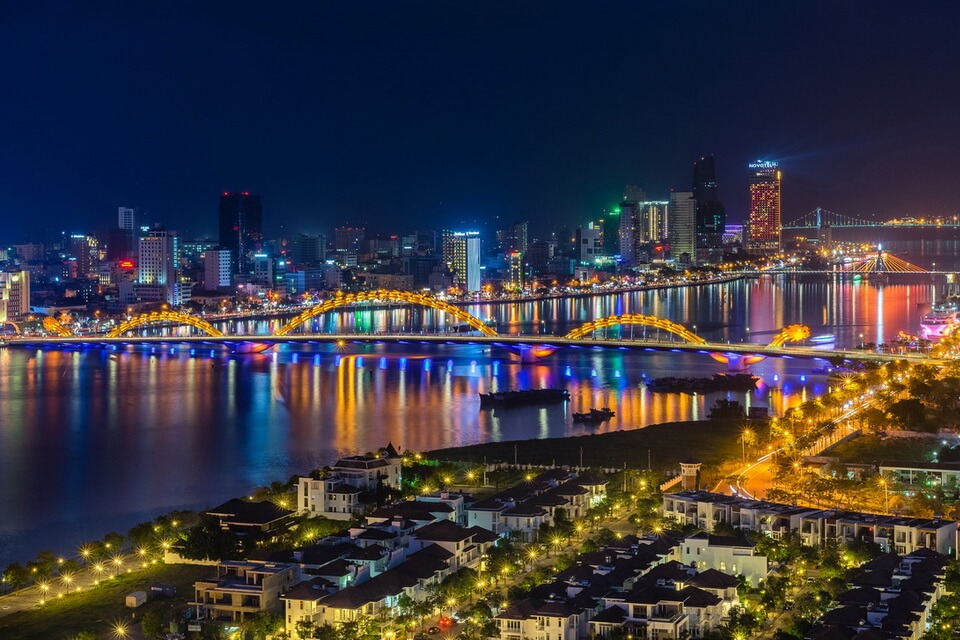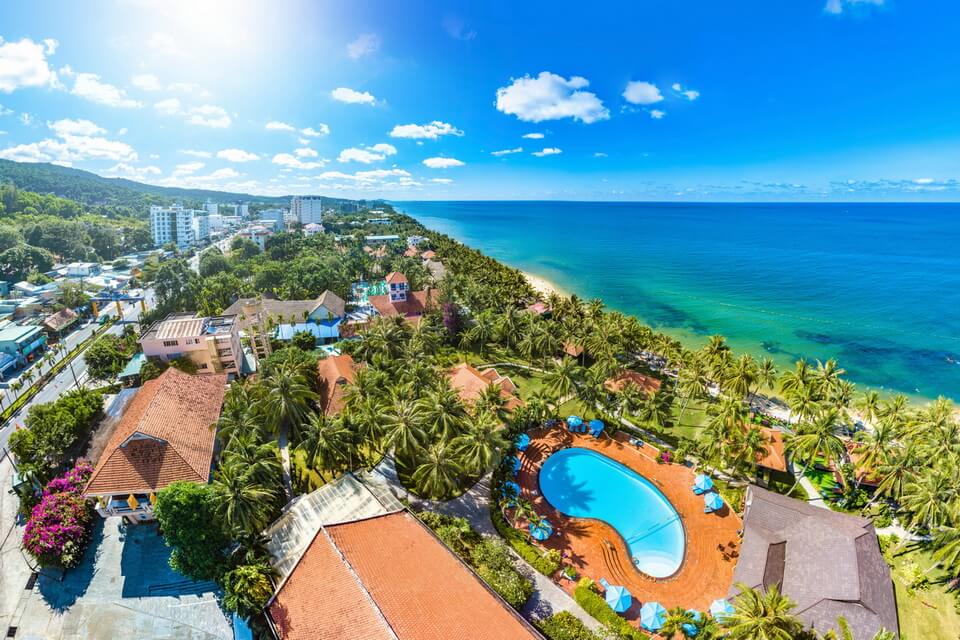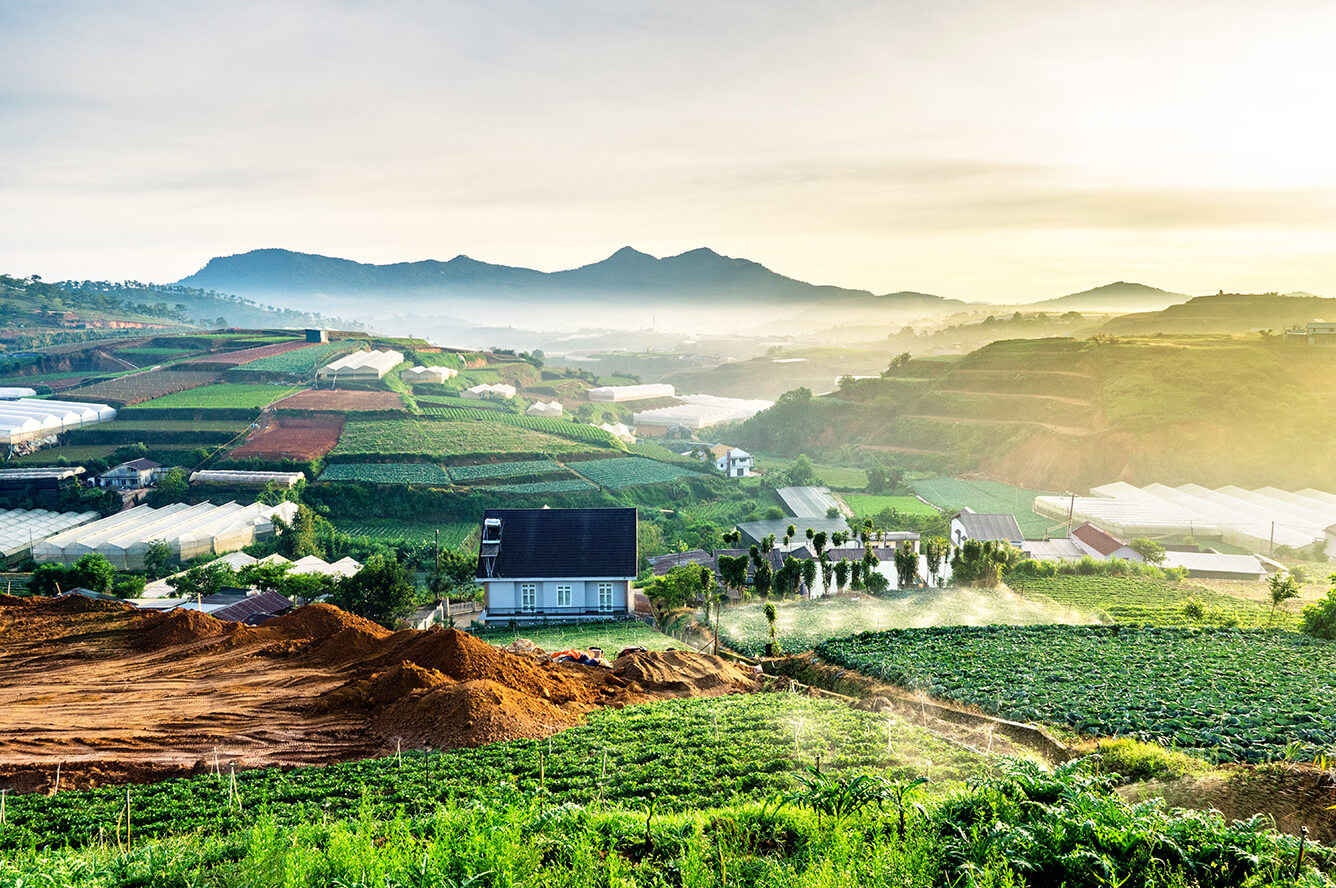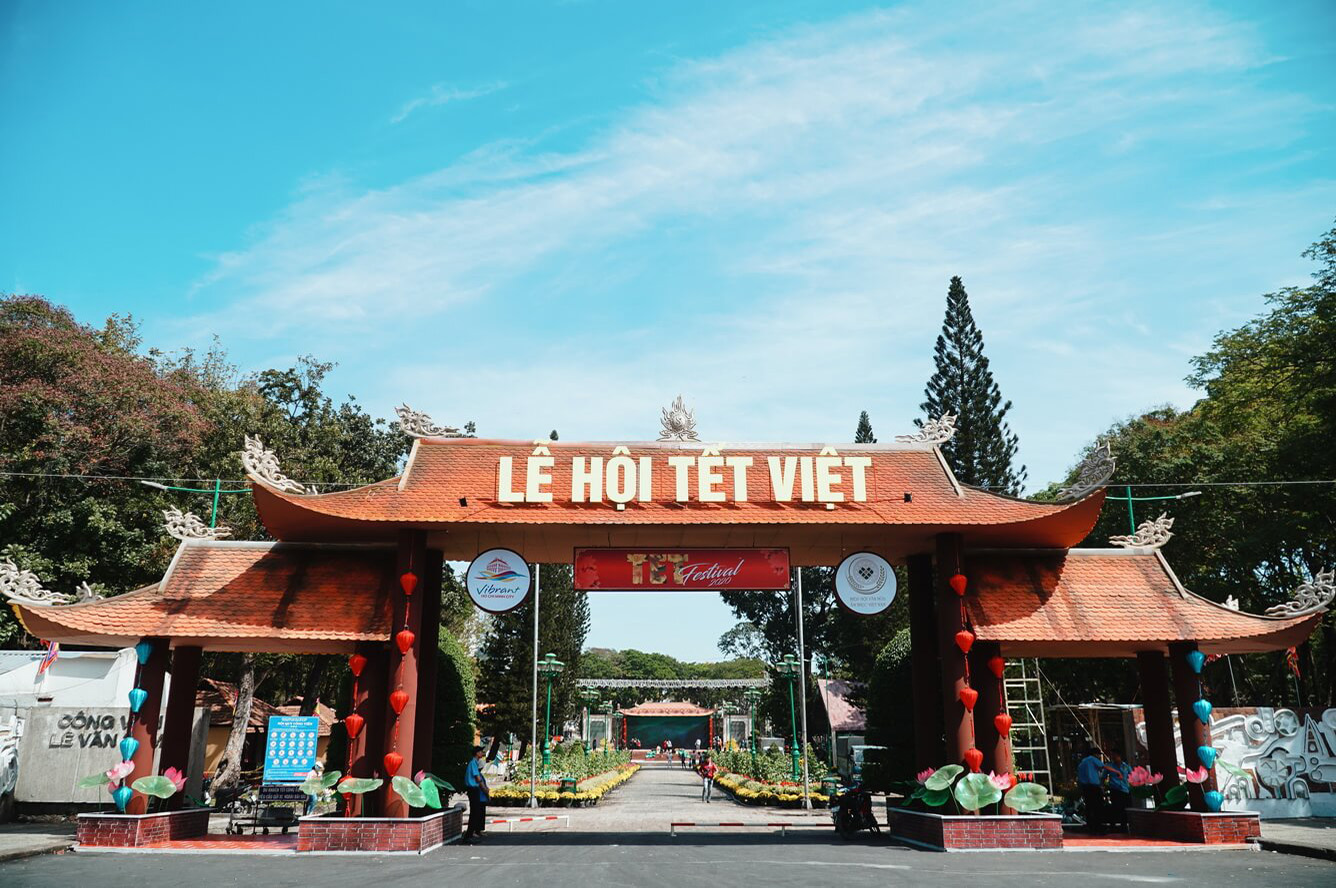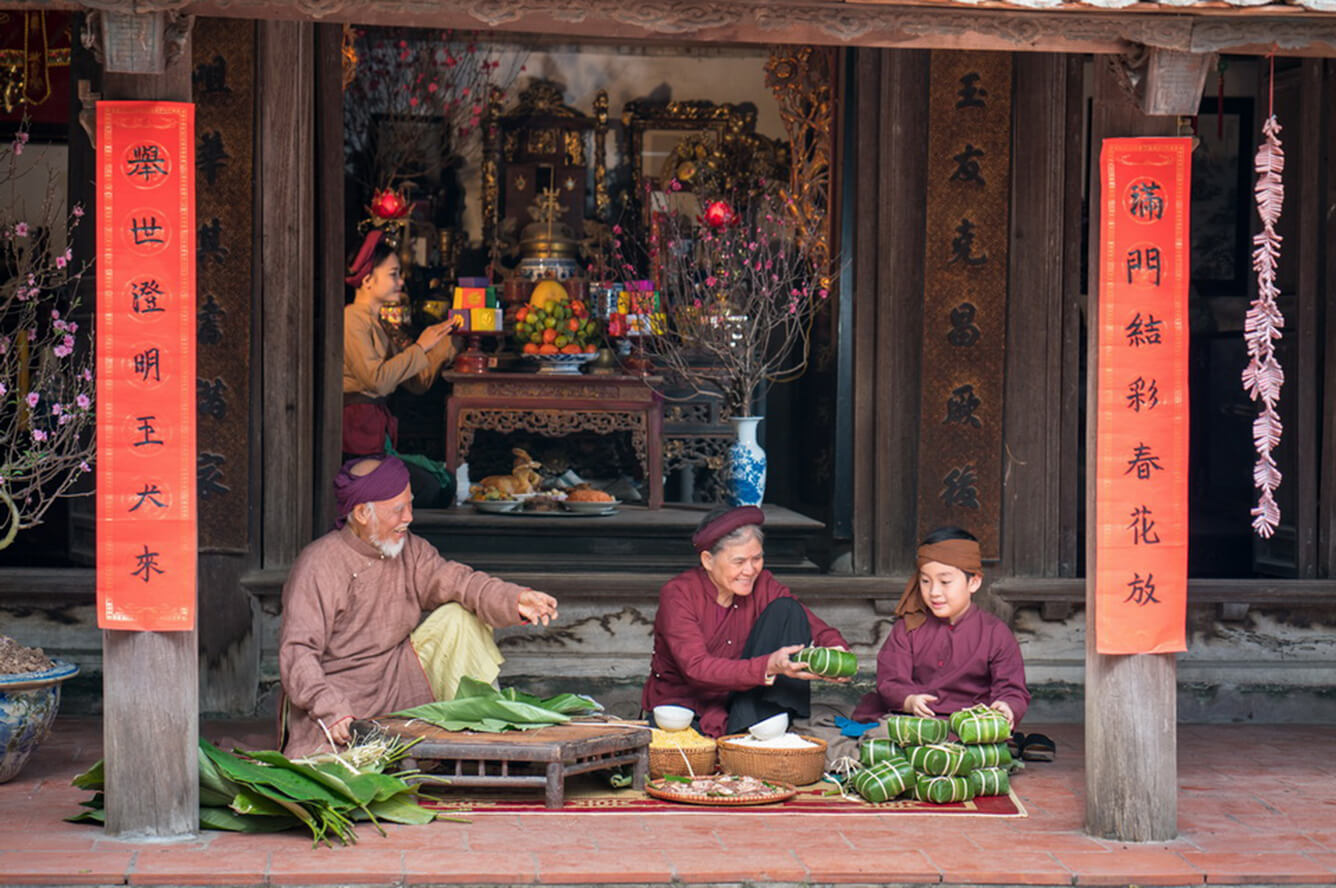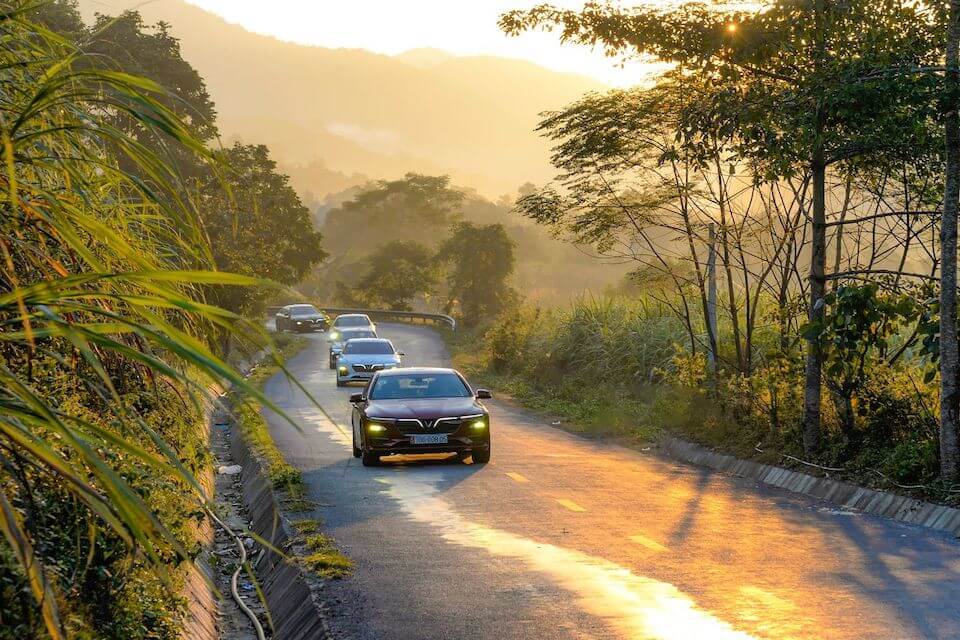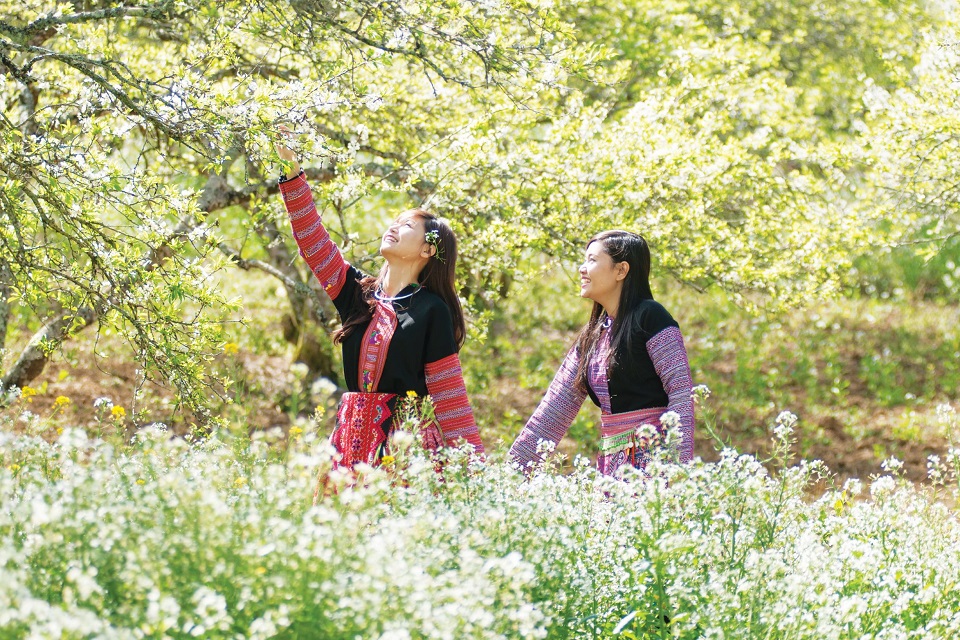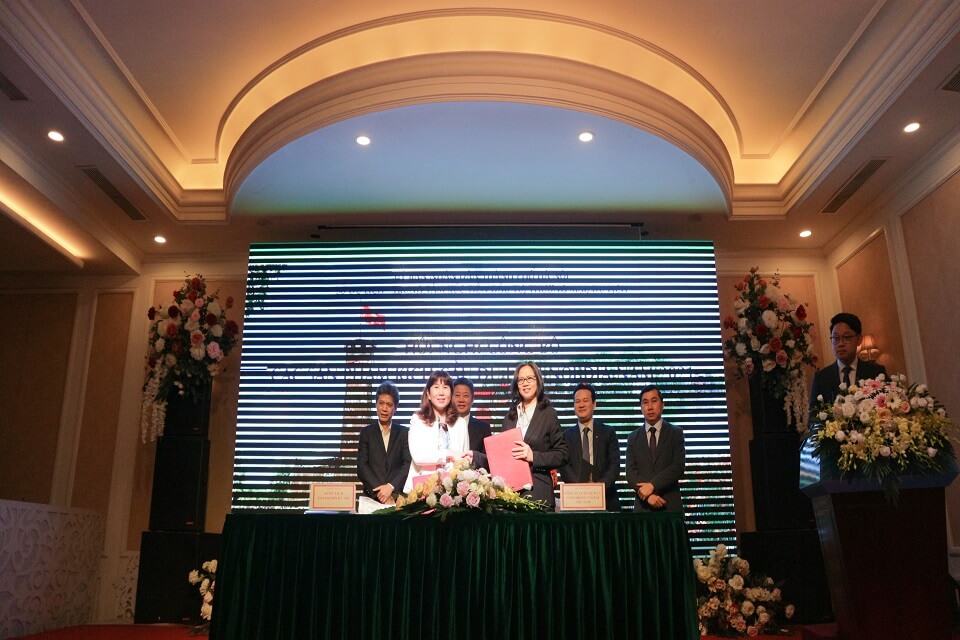Ha Noi Architecture
The area occupied by these ancient streets forms a triangle with its top at Hàng Than street and its base at the axis of Hàng Bông - Hàng Gai - Cầu Gỗ street, the eastern side being a section of the Red River Dyke and the eastern side being Hàng Cót, Hàng Điếu, and Hàng Da streets. Prior to the French colonial period these streets all had the same appearance and were laid out in an order similar to a chessboard; most of them were named after the goods manufactured or sold there. For instance, Hàng Đờng means "Sugar Street", Hàng Bạc - "Silver Street", Hàng Bồ, "Bamboo Basket Street". The houses in these streets are called tunnel houses, this is because the house has the shape of a tunnels, being very long and narrow, it sometimes opens at the back into another street, which is different from that of the front entrance door. All the houses are similarly arranged with their front rooms serving as places where goods are manufactured or sold, with small open courtyards to let light in, usually decorated with ornamental rocks, little water-pools with gold fish, ornamental plants and flowers. The backrooms serve as the living quarters with a dining room and bedroom. Most of these houses are covered with small tiles which have the characteristic feature of: two walls of the gable being built so that they are higher than the roof, resembling a staircase with two funny pinnacles.
They are mostly one-storied houses, few have second storeys. They are generally low and have small or no windows, which arose because according to ancient rules under the past dynasties, inhabitants were forbidden to look at the king when he happened to pass their houses, and they were especially forbidden to look at him from a higher place.
Therefore tunnel houses are simple and narrow serving both as a place of manufacturing or selling products and as a dwelling house for the family. In these streets, the shops are open all day long, and even in the evening, the quarter is always interesting to walk around. This community of people shares the same fate and they are all united by feelings of solidarity.
Scattered among these ancient houses are many pagodas and temples. These were the place of worship for the ancient villages and guilds. For instance, the temple situated at 38 Hàng Đờng street, served the inhabitants of Đức Môn village which used to occupy a part of Hàng Đờng street, and the Huyền Thiên pagoda at 54 Hàng Khoai street, belonged to Huyền Thiên village, which used to occupy the territory of Hàng Khoai street. These architectural sites also reflect the origin of Hanoi's inhabitants, most of them coming from other parts of the country, for example: Hoa Lộc Temple at 90 Hàng Đào street, was founded by a guild of dyers natives of Đan Loan in Hai Hung province, Tú Thị Temple at 2A Yên Thái Alley, was dedicated to the worship of the patron saint of embroiderers, and built by a villager of Quất Động in Hà Tây province who lived by the trade of embroidery. However, on the other hand, the existence of these pagodas and temples testifies to the intense spiritual life of the inhabitants of old Hanoi, who lived in harmony with nature, society and the spiritual world. Thus, today the city’s material world coexists with a sacred legendary world, the present and the past intermingle, creating a long lasting strength.
The ancient streets have undergone some alterations owing to historical upheavals, social adaptation and the appearance of some new construction, but they still remain virtually unchanged. So this is why this area with small tunnel houses, crowded streets, pagodas and temples, with curved roofs and green trees, all gives Hanoi it’s own particular original beauty.
Since the end of the 80s with the implementation of the renovation policy, economic life has improved, commerce developed and many houses in the ancient streets have been demolished, repaired or rebuilt and often concrete 3 or 4 storied houses have replaced the old ones. The area of ancient streets has gradually been losing the beauty of its traditional architecture.
Yet, in spite of the alterations and construction, this area still represents a precious legacy left to Hanoians, to be handed down to future generations. This is why now Hanoi's municipal administration is studying the feasibility of a project to renovate this ancient area.
ARCHITECT UNDER THE FRENCH DOMINATION
At the end of the 19th century (1883), the French colonialists occupied Hanoi. In 1886, the French administration designed a master plan for the city’s development. The Hồ Gươm area was reconstructed first, the first year of reconstruction (1886) was inscribed on house No. 3 of Hàng Khay street and it can still be read. In the second stage of reconstruction, ponds, lakes and waterways including the Tô Lịch River were filled in, and the old citadel together with an earthen enclosure were destroyed (1894 - 1896). The ancient streets had their roads straightened and had infrastructure added. Some of the old houses were reconstructed, their original architectural style being respected; others were replaced with new houses built in Western style with 2 or 3 storeys.
As a result western style streets emerged, to the south of Hồ Gươm Lake, and where the old citadel used to be, near the concession area which was built in the first days of the period of French colonialism.
The concession area is a rectangular one enclosed by Bạch Đằng Road, Lê Thánh Tông and Trần Thánh Tông streets on the longer sides, and Tràng Tiền and Nguyễn Huy Tự streets on the shorter sides. The area was originally the naval base of ancient Hanoi. In August 1875, it was conceded to the French Army, who built military barracks, villas and hospitals here. These core buildings had "orthodox" architecture, with black stone roofs and were surrounded by peripheral verandahs. The villa of the French army's Chief of Staff (now the Ministry of Defense Guest House) still bears the inscription 1874-1877 which is the date of its construction. The former Lanessan Hospital (now military hospital No.108 and the Vietnam-Soviet Union Friendship Hospital) was inaugurated in 1893.
The old citadel area includes Phan Đình Phùng, Hùng Vương, Hoàng Diệu, Điện Biên Phủ, Lê Hồng Phong, Chu Văn An and Trần Phú streets. The old palaces and buildings in the area having been demolished, the construction of new works was carried out rapidly. This area is characterized by its long, wide boulevards, bordered with green trees. The Palace of the Governor General of Indochina (now the Presidential Palace) was built from 1900 to 1902, this has really majestic architecture. Most of the villas were built in the architecture of northern France which has inclining roofs and smart, meticulous decorations over the doors and on the roofs. The owners of these villas were French from the north of France.
The area to the south of Hồ Gươm Lake is a rectangle bordered by Tràng Thi, Tràng Tiền and Trần Hng Đạo streets on its longer sides and Phan Bội Châu and Phan Chu Trinh streets on its shorter sides. This area was built at the same time as that of the old citadel but the realization of this project was slower because it took time to move many villages before construction could start. The Municipal Theatre was built from 1902 to 1911 in the architectural style of the Paris Opera. Nearby in Tràng Tiền street was where French traders and some Chinese people lived.
A number of big constructions were carried out in this area. For example: the seat of the Yunnan Railway Company (now the office of the General Confederation of Trade Union) was constructed at the intersection of Trần Hng Đạo and Quán Sứ streets in 1902, the University (Lê Thánh Tông) in 1904; and the Palace of the French Resident Superior (now the Government Guest House), in 1919 at No.10 Ngô Quyền street. In this area, most houses are villas built in the architectural style of southern France.
In these three quarters mentioned above more buildings appeared, in both European and Asian architectural styles, throughout the 20s and 30s. Some have high aesthetic value: the Luis Finot Museum (now Museum of History) built in 1928-1932, the Finance Bureau (now Ministry of Foreign Affairs), in 1929-1931; Institute of Pasteur (1930); the auditorium of the University in 1928.
Regarding architecture and urban planning in Hanoi, it can be seen that the projects constructed under urban planning have dimensions and a scale fitting in with the whole city. Most of them resulted from great thought and research into the most suitable architecture to be adapted to the traditional environment with good aesthetics.
MODERN ARCHITECTURE
Hanoi is now experiencing a construction boom. Its architectural features are changing daily. Every where in the city, you can see scaffolding and the machinery for construction. Once completed, the blocks of high buildings will change the appearance of Hanoi. Added to this in the near future, many urban planning projects, like the south and north Thăng Long Bridge areas and the West Lake tourist area will be carried out with the cooperation and investment of foreign companies.


6 most beautiful beaches in Phu Quoc
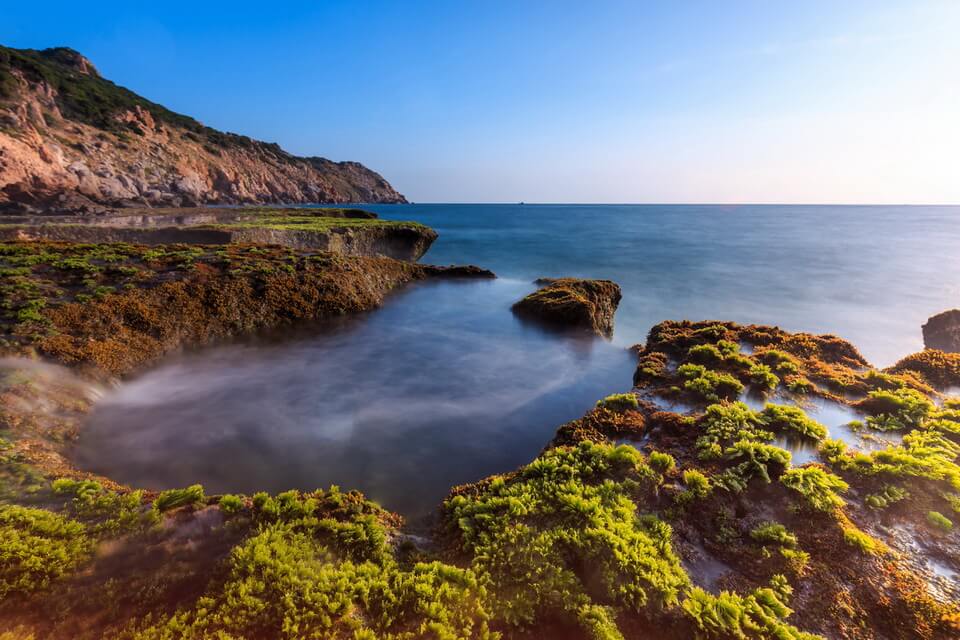
Chilling out at 5 sea paradises of the South Central Coast
Having your heart stolen in Quy Nhon
If you have never been to Quy Nhon, gone around or discovered emerald Ky Co, cool Eo Gio in the late ...
6 gorgeous sea paradises for summer travel
In the hot weather, you may just want to get away to the blue sea, immerse yourself in the refreshin ...
Luxuriously checking in at famous resorts in Phu Quoc
What motivates you every time you think of travel? To get some new experiences, to relieve stress, t ...
Enjoy 24 hours in Da Lat, Vietnam
Today, both foreigners and Vietnamese tourists love to visit Da Lat any day in the year for some coo ...
Tet and others spectacular festivals around the world in January 2020
In January 2020, Tet festival in Vietnam and others spectacular festivals around the world are color ...
Tet Nguyen Dan in Vietnam and best places to visit
Tet Nguyen Dan or Tet is the most important festival in Vietnam. It is the Vietnamese New Year marki ...







